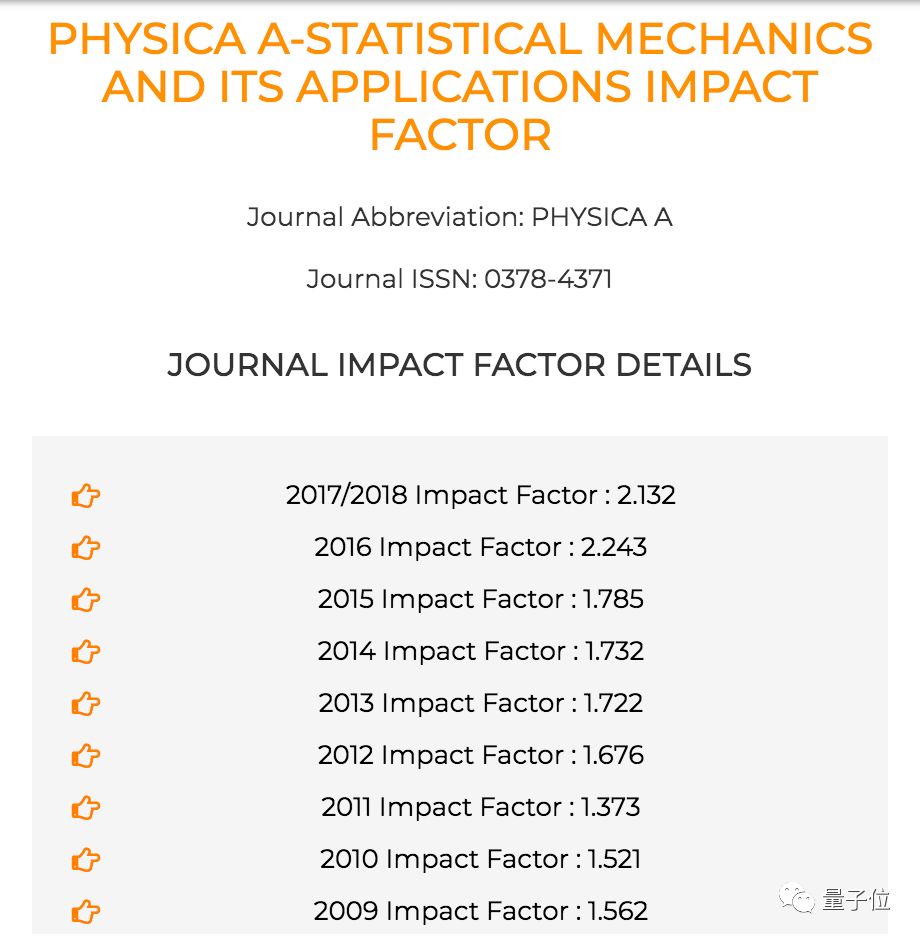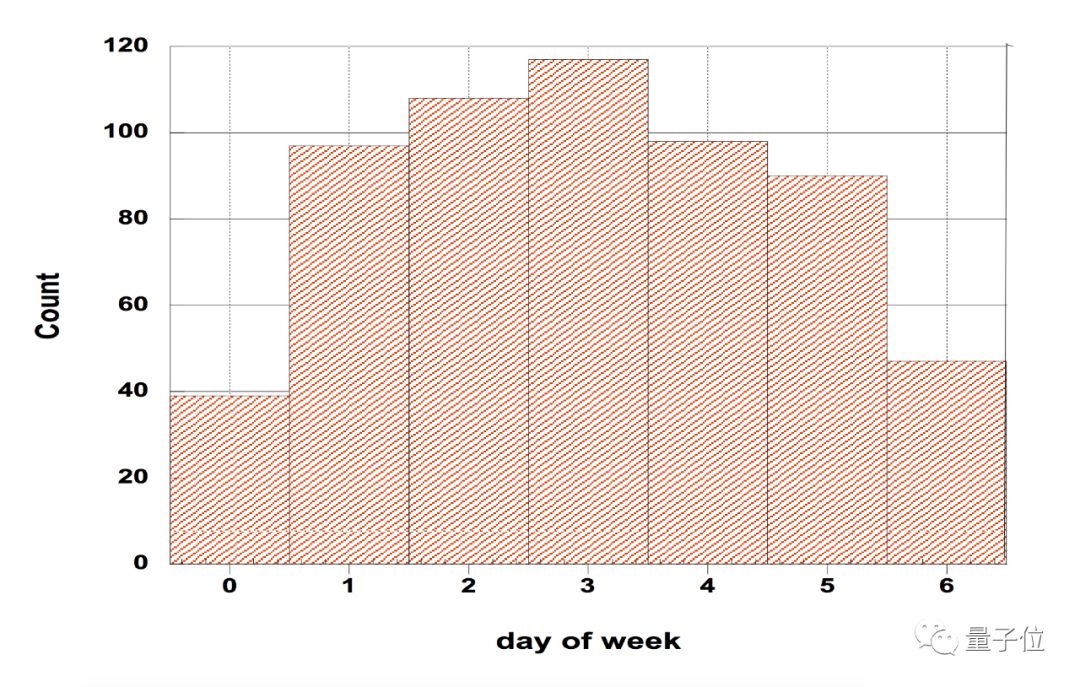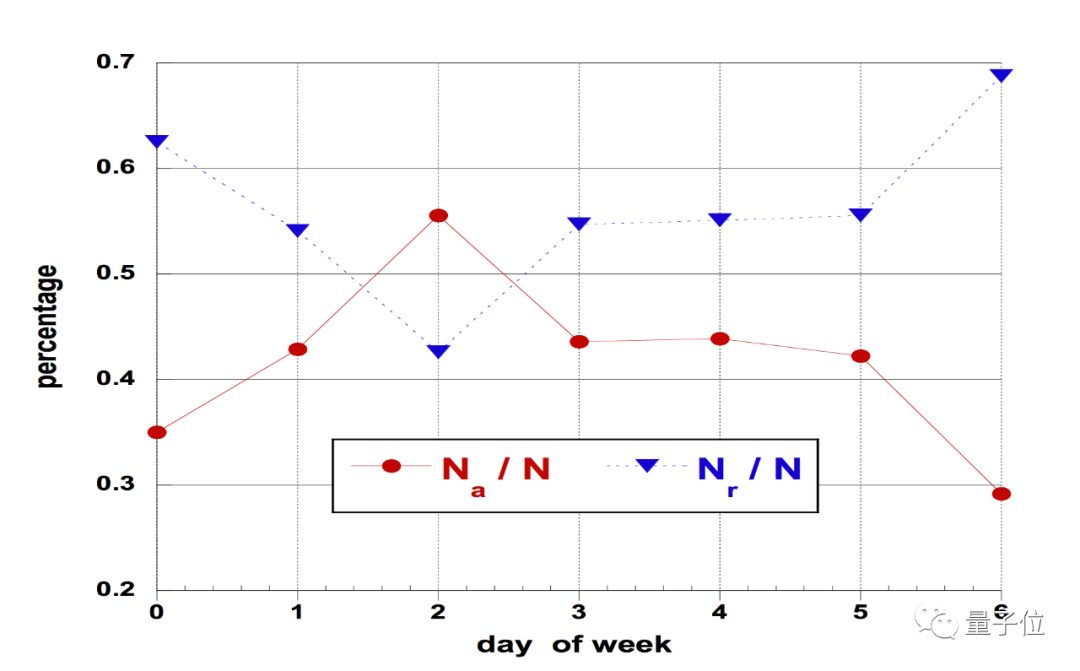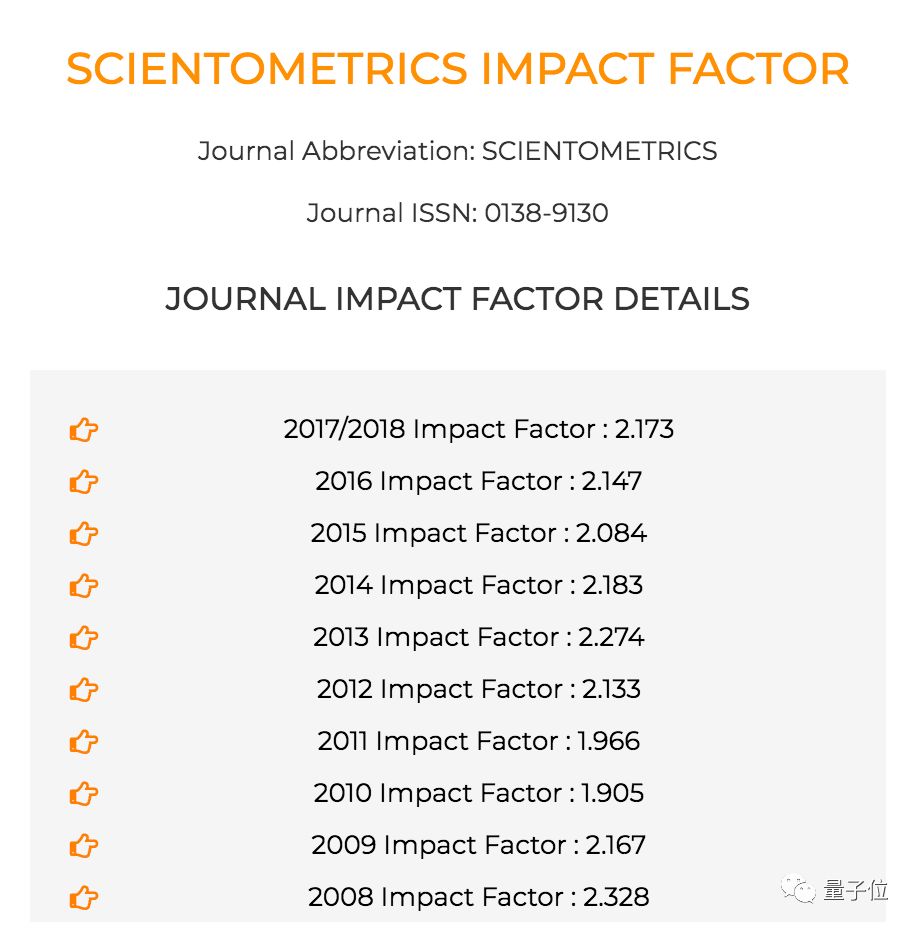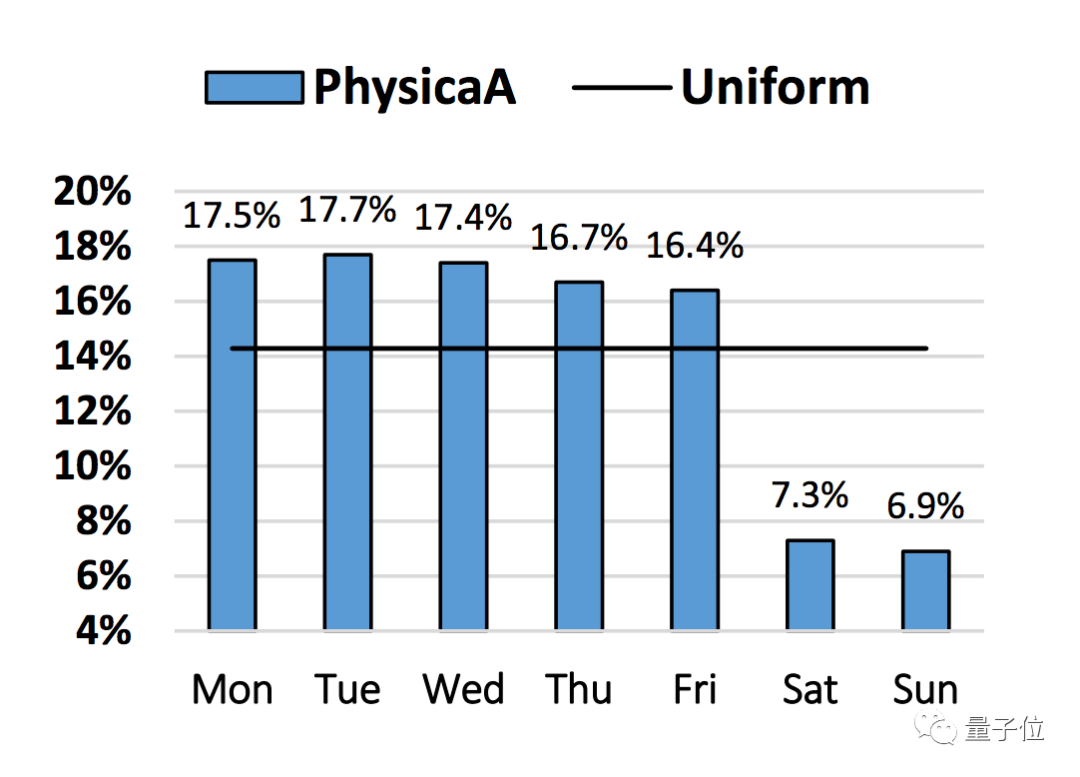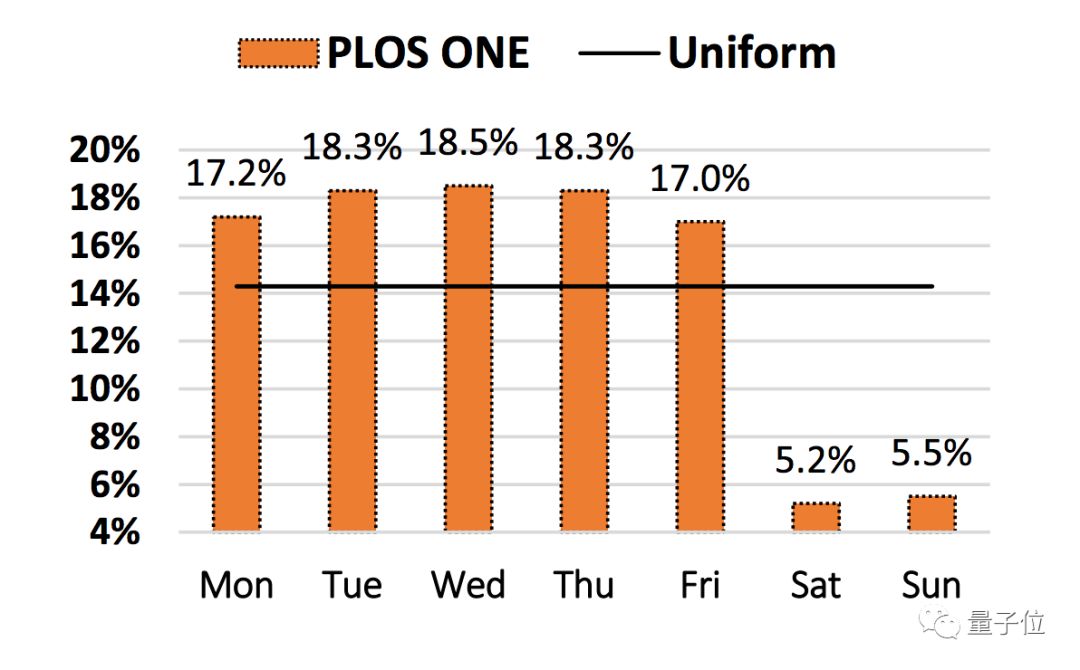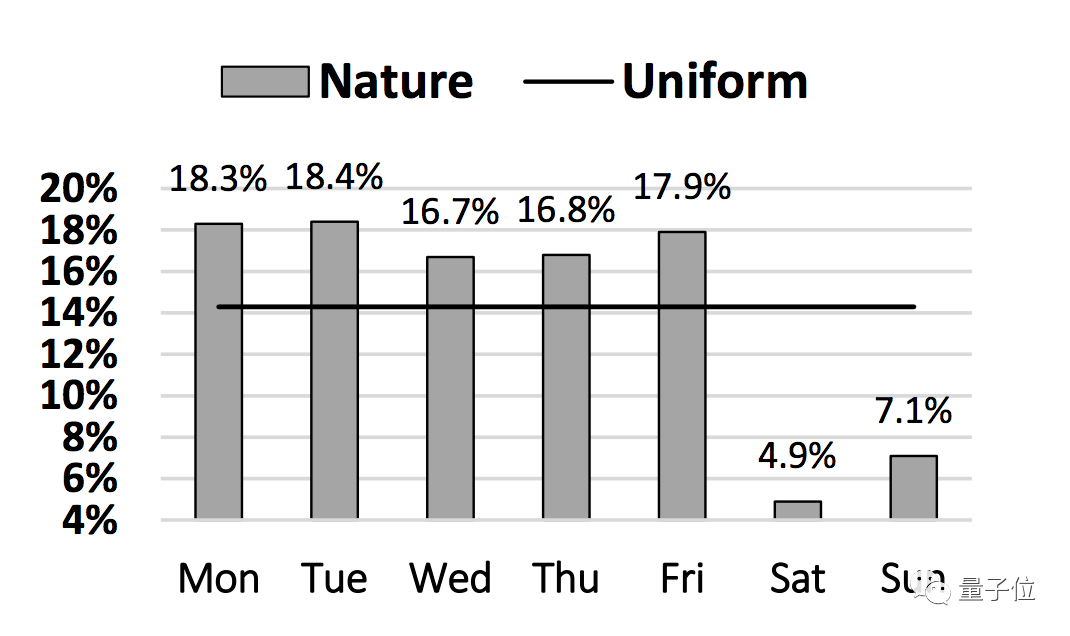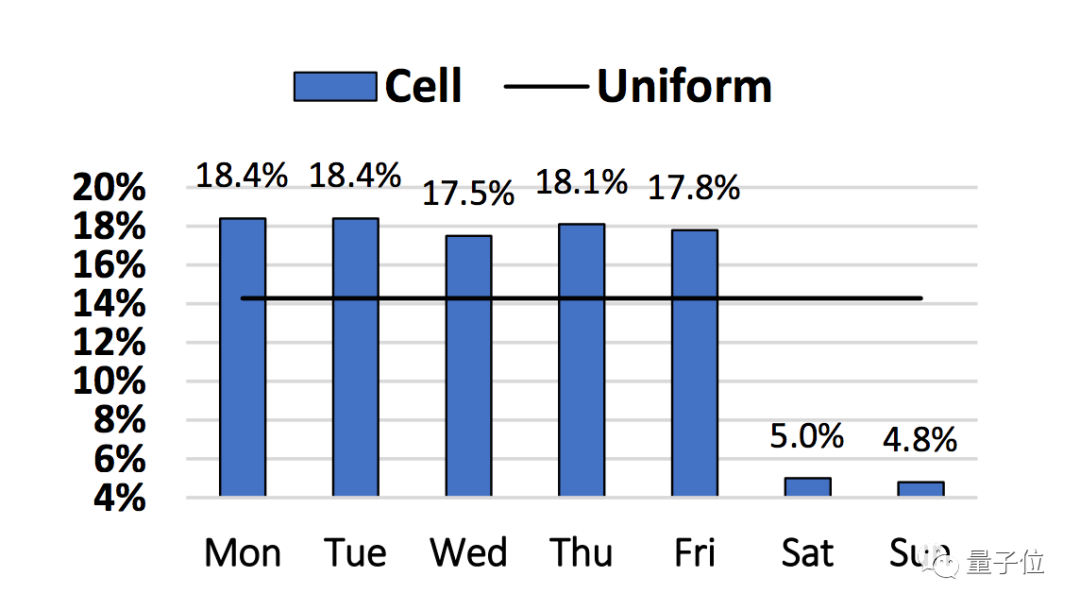Submitted at different times, the draft rate is three times worse
Editor’s note: This article is from WeChat public account “Quantum Bit” (ID: QbitAI), author Guo Yizhen.
A paper submission can be done in a timely manner, paying attention to time, place, and people.
In addition to the research itself, it has been found that submission time is also a key factor influencing the publication of the paper.
We have recently discovered a number of papers that have been seriously linked to the time of submission and publication, and have also been published in academic journals.
What is the best date on Tuesday?
In the journal Physica A: Statistical Mechanics and its Applications, there has been a paper demonstrating that Tuesday is the best time to submit a paper.
The impact factor of this journal is around 2, which is also SCI.
You are not mistaken, the previous Physica tells us that this is a physics journal.
Why does the physics journal send a paper that “receives the papers for submission”? It doesn’t look physics at all?
The researchers told us in Introduction that this is a question of Social physics.
The quartet chief academic officer (CAO) Xiaocha teacher said: It is to use physical research methods to explain social problems, because there are some physics tools that can be used directly, for example! @#¥%&*()… But this one is actually more like big data statistics.
Anyway, let’s take a look at it and write it.
The title of the paper is “Day of the week effect in paper submission/acceptance/rejection to/in/by peer review journals”, authored by British Lai University of Sturvia and Belgrade University.
They found the Journal of the Serbian Chemical Society (The Journal of tHe Serbian Chemical Society)” This paper submitted data from 2013 to 2014.
A total of 596 submissions, of which 262 were received, and of course some were under review or not yet published, and the researchers compiled a data table:
The first five columns of data are the total number of submissions, the number of submissions, the number of rejections, the acceptance rate, and the rejection rate. It can be seen that the submissions were the most on Wednesday and the weekend was basically half.
The reception rate is the highest on Tuesday, and other workdays are acceptable; but the weekend reception rate is very low, with Saturday being the lowest reception rate in a week.
So why is this happening?
The researchers speculate that the source of the data is a chemical journal, which is related to chemical research methods and requires extensive discussion and experimentation.
And scientists often study and discuss on Mondays and Fridays, and write papers on weekends. After all, most of the time, students will not go to the teacher to ask questions.
After some people finished writing on the weekend, they went to the teacher in the week to ask, and then cast the paper after the revision.
But the people who post papers on weekends often work under pressure. They don’t have the strength to wait for the teacher to ask again during the week. I am afraid that when I am tired and tired, I have no energy to write the paper too deeply.
As long as it’s not a weekend
However, Tuesday is not necessarily prime time.
The journal “Scientometrics” also published a similar study, this journal belongs to SCIE, and the impact factor is also around 2.
The name of the paper is “Day of the week suBmission effect for accepted papers in Physica A, PLOS ONE, Nature and Cell, author of the University of Finance and Economics, Bucharest, Romania.
The scholars who studied the issue of “weekly submissions to receive” seem to have a special preference for Physica A. The previous one was to contribute to this journal. This article is for this journal.
The researcher of this paper, after sorting out a lot of data, came up with the “Publishing of the Yellow Calendar” of the four journals of Physica A, PLOS ONE, Nature and Cell:
Invest in Physica A, choose Tuesday.
PLO ONE, choose Wednesday.
Put Nature, choose Tuesday.
Cell on Cell, every Tuesday and Tuesday.
Although the best dates for each journal are different, the exception is that the reception rate on weekdays and weekends is very different, and one-third of the weekends do not.
In short, the researchers of these papers seem to imply that everyone:
It’s a big weekend, and trying to write a thesis may be futile. It’s better to go out and play, and then pay again on Tuesday and Tuesday. The probability of the paper may be higher.
One More Thing
The “metaphysics” on how to make a paper published has also appeared in the field of AI.
A person once wrote a paper, Recognize a computer visual paper by computer vision .
It seems that this question is very “metaphysical”, but the misjudgment rate of the model in the article is only 0.4%, which is amazing.
Even, with published papers as datasets, the authors also used GAN to generate some high-quality paperboards.
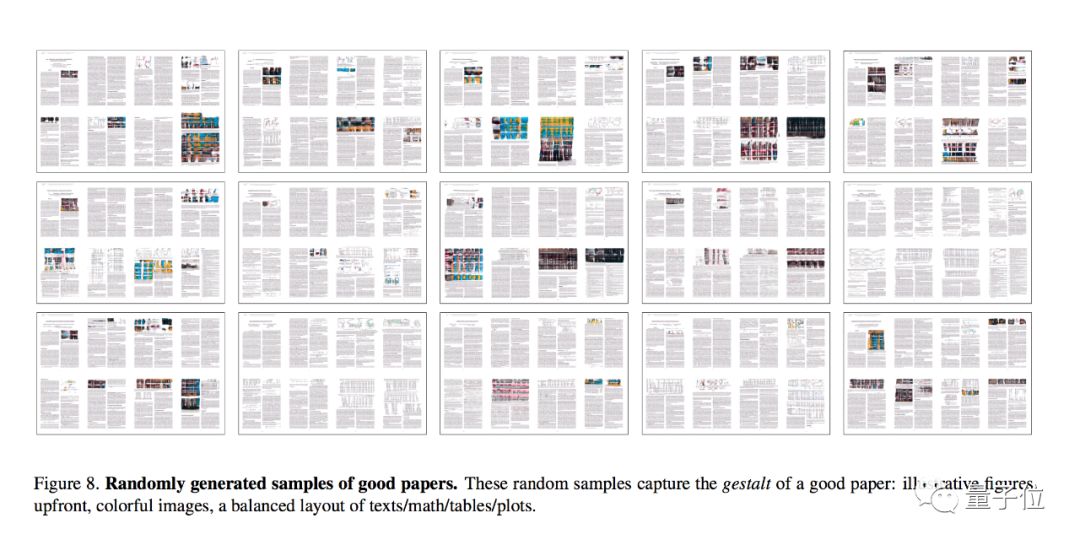
Well, the pictures and texts are clear, the levels are clear, and the data and the form pictures are patchy. It seems that many good CV papers are like this.
Recognizing CV papers by CV, and investing the issue of journals in journals, there are many people in the brain.
References:
1, https://www.sciencedirect.com/science/article/pii/S0378437116300309
2, https://www.sciencedirect.com/science/article/pii/S0378437116307828
3, https://link.springer.com/article/10.1007%2Fs11192-018-2911-7
